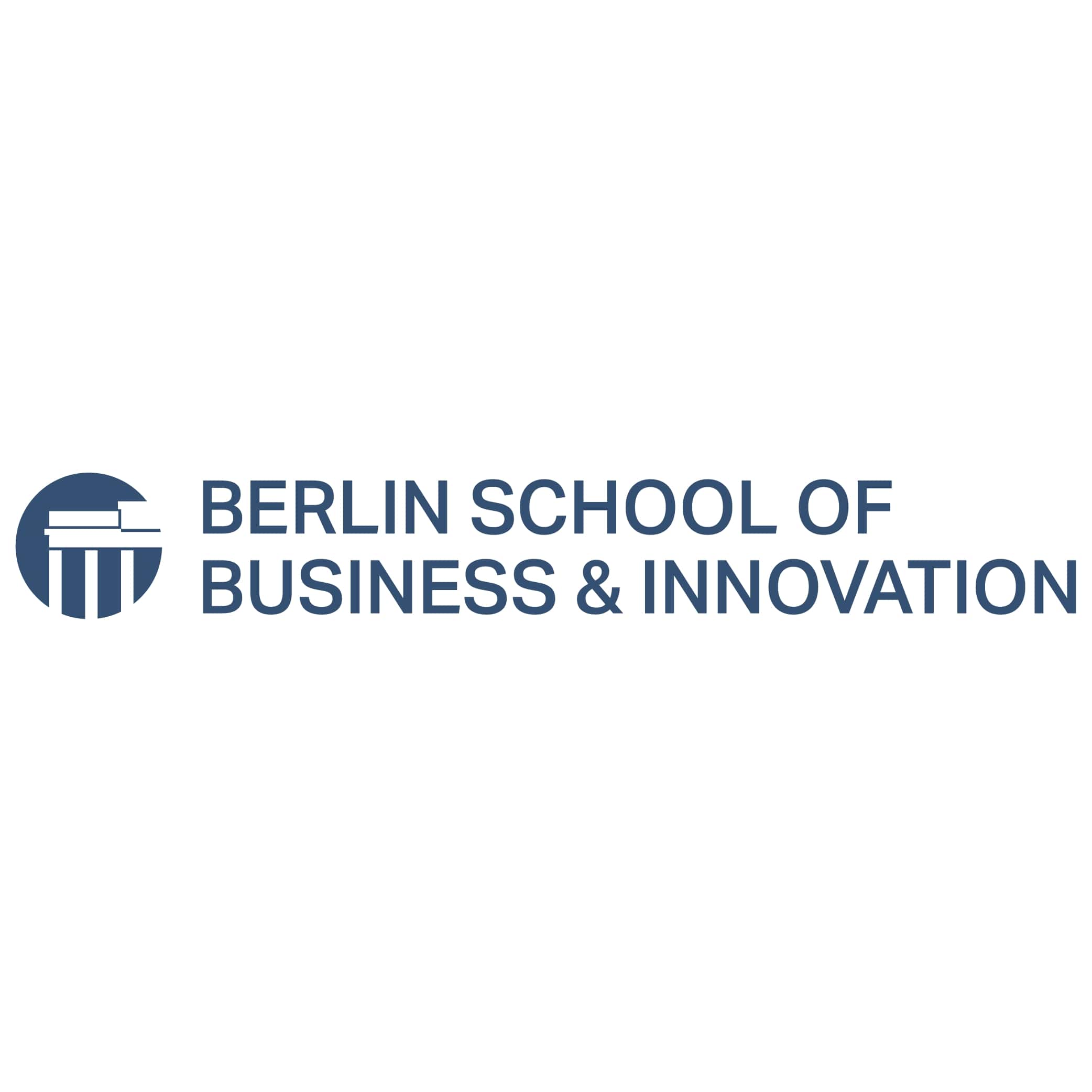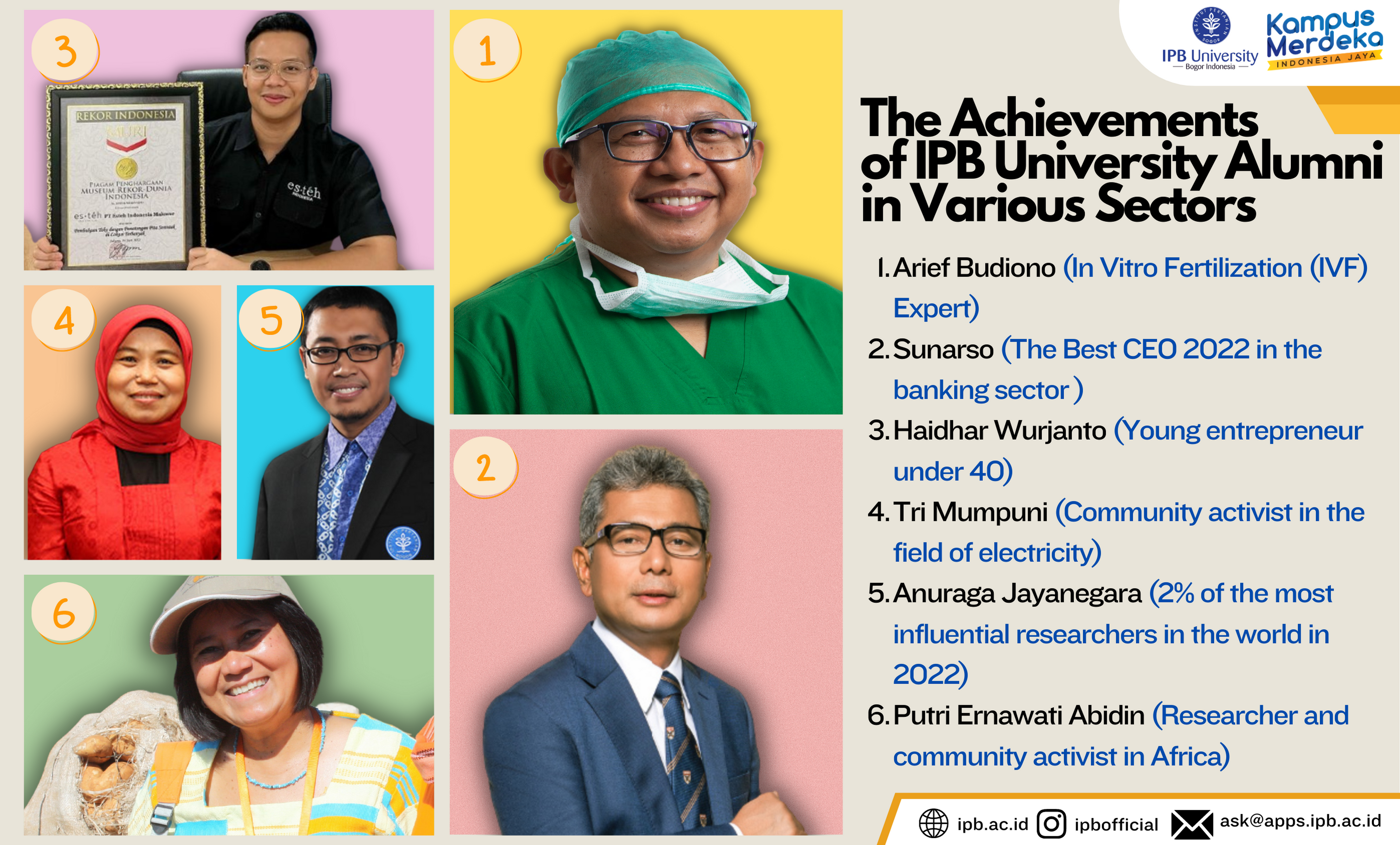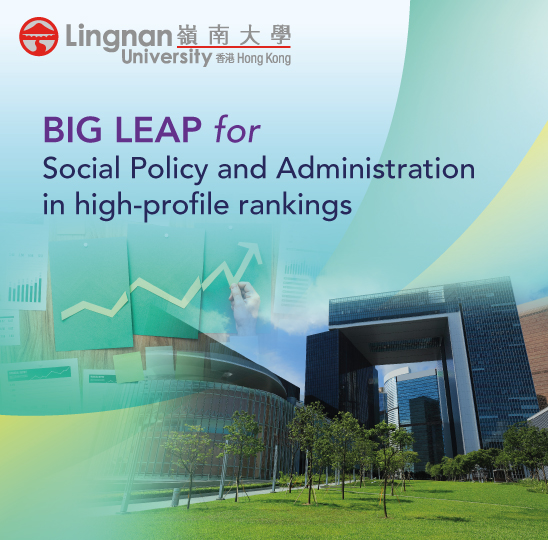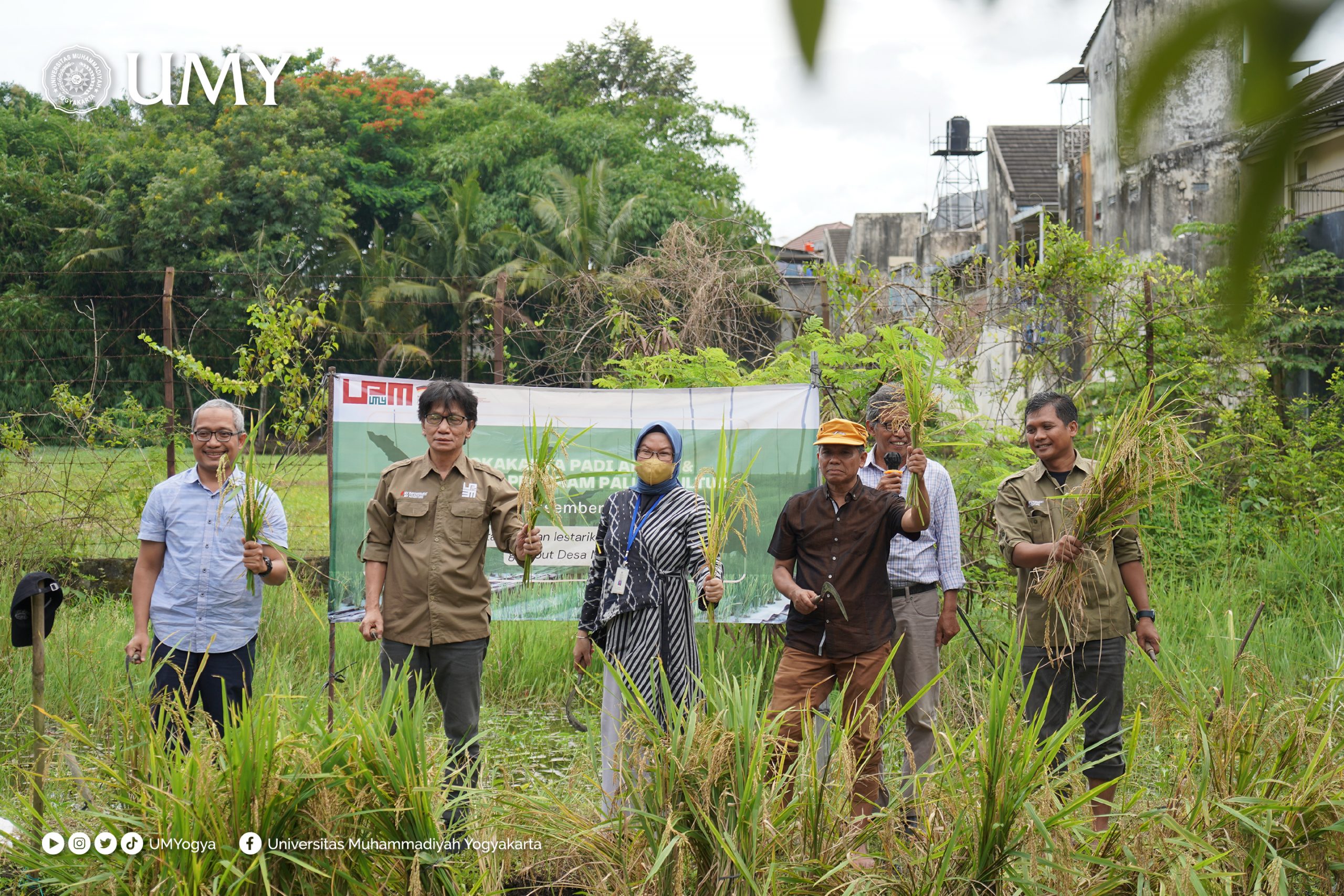Artificial intelligence gives people the opportunity to turn “words” into “pictures” and create their art easily and quickly. But will this form of AI reduce and replace human craftsmanship, imagination, and careers? A Chula Engineering professor and an architecture professor share their views.
Presently, Artificial intelligence (AI) allows humans to live more comfortable lives and unlock the potential that constrains many people, such as drawing and creating art, the area in which many consider themselves unskilled and ungifted.
But now, simply by entering words and text, the AI drawing program will convert those words into images as we imagine. It’s easy, convenient, and fast, and you don’t have to be an artist or studied art to create a beautiful piece of work. This type of AI program is widely used both for work and hobbies for fun and relaxation. On the other hand, many questions arise — Will this technology replace artists? How will it affect their work and income? Will human imagination and craftsmanship in the creation of art still be needed? What is the value of art?
In response to this, Assistant Professor Dr. Sukree Sinthupinyo, Chula Engineering lecturer, sees that “AI does not replace human beings, but helps to fulfill them and makes their work faster and do what they want to do (like drawing) better.”
This is in line with Assistant Professor Supawat Hiranathanavivat from the Faculty of Architecture, Chulalongkorn University, who says, “AI helps to transform the image in our head into a clearer image. It is another tool to make the artwork more convenient.”
How does AI draw?
AI creates works by combining raw materials from existing archives, which is similar to the work of the human brain that creates works by building on information in memory and complementing it with imagination.
Asst. Prof. Dr. Sukree explains the work of AI drawing by citing an example of the popular website Midjourney – a program that creates images from text. “All we do is enter words, text, or text prompt that we want to draw in the image. The AI will then process the results from the existing
data warehouse to create the work that we want.”
Today, both images and word archives in the world are enormous, allowing AI to extract data and use it to create a wide range of different images. Even if we enter the same words and texts, the chances of AI reproducing the same images are very slim.
Meeting every need with AI
According to Asst. Prof. Dr. Sukree, this format of AI focuses on creating images, videos, and animations such as removing the background, make up, converting photos into the cartoon, etc. to help make more appealing and unique pieces of work in the fields of architecture, educational media, marketing, etc.
Nowadays, AI drawing is widely used as a hobby, such as the design of book covers, posters, storyboards for advertising pitches, and create animation features, etc.
Complementing or diminishing the human imagination?
Because AI drawing programs are easy to use, quick to create, and convenient for the general public, many people question whether imagination and artistic skills are still necessary for humans.
“AI does not undermine the imagination. On the contrary, it helps to extend our imagination,” said Professor Supawat. “For example, if we want to draw a low-key image with a small light at night, we may enter the word “twilight”. The AI may create an image with purple light for us to see if we like it without even having to draw the image, and saving us time, while letting us experiment with ideas, and visualizations before we start working.”
Asst. Prof. Supawat added, “AI has no imagination. It works with archives of information. But humans are endowed with imagination and feelings to create something new. Most importantly, humans are still the ones who have to continue thinking about what to draw or how to do it.”
Replacing or fulfilling human beings?
Many types of work that AI is now doing used to be done by professional artists. So, what will happen to these artists now?
“Technology helps in many ways, like the creation of logos, and posters. Some people working in this area may feel some impact, but AI won’t be able to replace artists. Art collectors still want the work of artists and not the AI. Though the AI can create wonderful pieces of work, if you ask the owners if they feel possessive of those pieces, or whether they have value for them, I think not.”
From the perspective of an artist like Asst. Prof. Supawat, the value of art is not only in its beauty, but also in the story, creation process, and identity of the creator.
“Unique works of art are mainly derived from the identity, feelings, and inspiration that make up the work, as well as the process of creating it.”
The work of art comes from the power of human beings that Asst. Prof. Dr. Sukree calls the “human touch”, which cannot be found in the work done by AI.
“We have to distinguish between “tools”, and “craftsmanship”, both Asst. Prof. Dr. Sukree and Asst. Prof. Supawat concluded.
“In the art circle, technology is no substitute for human beings. Artists create their work to communicate with society and sell their work for a living. If fewer people buy art, it is not because of AI, but because of economic factors. Those who savor, buy, and collect artists’ work are those who have money and see the value of art to speculate,” said Asst. Prof. Supawat.
The development of artificial intelligence technology continues today. More AI with various potentials and capabilities will help facilitate human beings, said Asst. Prof. Sukree.
“Technology is a tool for self improvement. It creates a career for developers. Now many people are involved in this field, and it’s beneficial for people to start new careers. It’s beneficial for us as a whole.”
Asst. Prof. Supawat added that no matter what role the technology will play, “Life will still belong to human beings. Let us enjoy the technology that brings about changes in life.”
For the full release and more images, please visit: https://www.chula.ac.th/en/highlight/97995/




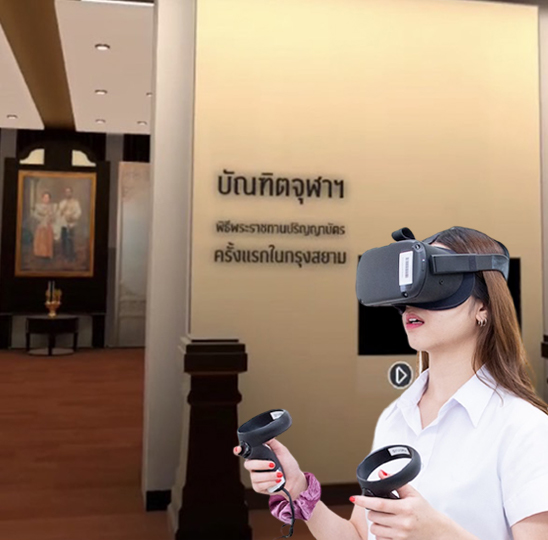
.png)
.png)

